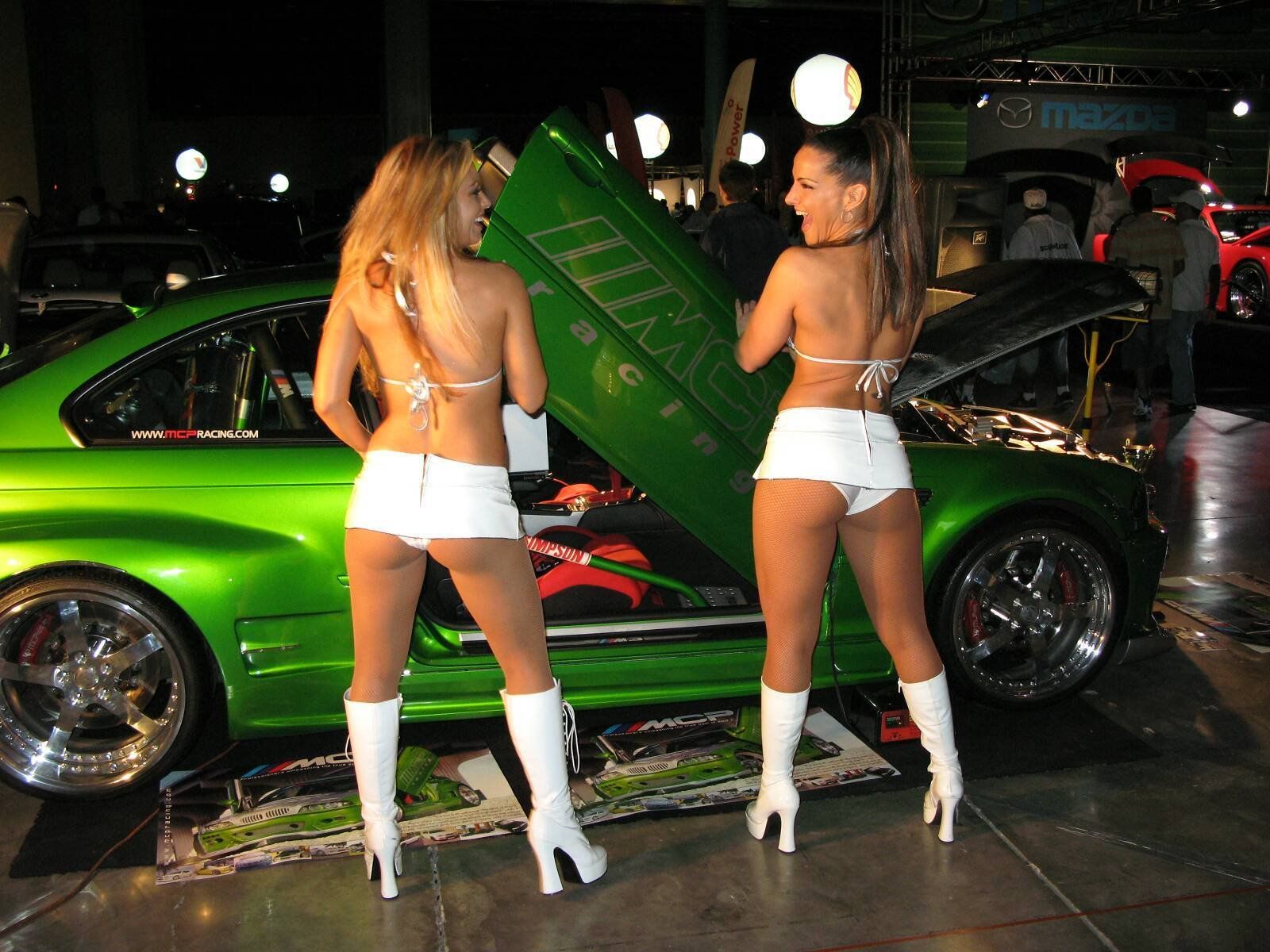|
|
|---|
Sunday, July 19, 2009
 Introduced in 1974 as Alfa Romeo Alfetta GT, initially available only with the 1.8 litre (1779cc) version of the Alfa DOHC four. For 1976, with the final phasing out of the earlier 105 Series 1.3 and 1.6 litre coupes (GT 1300 Junior and GT 1600 Junior) and the 2.0 litre 105 series 2000 GTV, the Alfetta GT became a range, also available with the 1.6 litre and 2.0 litre versions of the same engine as the Alfetta GT 1.6, Alfetta GT 1.8 and Alfa Romeo Alfetta GTV 2000. The GTV designation was initially reserved for the 2.0 litre top version. In 1979, some minor revisions, including a revised engine with new camshaft profiles and a change to mechanical-and-vacuum ignition advance, saw the 2.0 litre redesignated the Alfa Romeo Alfetta GTV 2000L. Autodelta also produced a limited edition turbocharged model, named Turbodelta, for FIA Group 4 homologation. This version used a KKK turbo which pushed power up to 175 PS . The car also received a modified suspension layout. In 1981, the Alfa Romeo Alfetta GTV received a restyling, with grey plastic bumpers and all matt-black trim replacing bright stainless steel, the 1.6 litre and 1.8 litre versions were discontinued and the Alfetta 2000 GTV became the base coupé model as the Alfa Romeo Alfetta GTV 2.0. The Alfetta name was dropped, but the two-litre coupé retained its type designation of 11636 for left hand drive and 11637 for right hand drive. 15 inch alloy wheels were now standard, as opposed to the earlier cars' 14 inch pressed steel or optional 14 inch alloy. Later in the same year, the Alfa Romeo Alfetta GTV 6, a version of the GTV with the SOHC V6 2.5 L engine from the Alfa Romeo Alfa 6 luxury sedan, was released. As a result the hood received a bulge to clear the top of the intake and became its most pronounced feature. With Bosch fuel injection instead of the six downdraught Dellorto carburettors in the early Alfa 6 installation, the V6 was much easier to start and retained its state of tune much better. The V6 received rave reviews from the motoring press, which had previously lambasted the same engine in the Alfa 6 because of the carburettor problems. It found its true home in the Alfa Romeo Alfetta GTV 6 where it could stretch its legs better than in the less sporting Alfa 6 sedan, including winning the European Touring Car Championship an unprecedented four years in succession (1982-85), the British Touring Car Championship in 1983 at the hands of Andy Rouse, as well as many other racing and rallying competitions. The fuel injection installation eventually made it into the second series of the Alfa 6 as well. The Alfa Romeo Alfetta GTV went through a number of revisions, including a new gear ratios and an updated interior in 1984. South African models were assembled in Fiat's Uitenhage plant. South Africa was one of two markets to have a turbocharged Alfa Romeo Alfetta GTV 6, with a Garrett turbocharger and a NACA intake. An estimated 750 were assembled before all production ceased in 1986. The South African market also introduced the 3.0 L GTV6, predating the international debut of the factory's 3.0 L engine in 1987. Approximately 200 were built in South Africa for racing homologation. To this day, the Alfa Romeo Alfetta GTV 6 remains the quintessential Alfa Romeo for South Africans. Reeves Callaway, founder of Callaway Cars and famous for his various modifications of Chevrolet Camaros and Corvettes, modified about thirty GTV6s to Callaway Twin Turbo specification for Alfa Romeo Inc., the North American importer. . Racing versions of the Alfetta GT and GTV were built by Autodelta, initially with the normally aspirated engine from the earlier GTAm racer based on the 105 series coupe, for homologation under FIA Group 2. In this form they were rallied with moderate success in 1975, winning the Elba and Costa Brava rallies overall, as well as winning the Group 2 category in the World Rally Championship's Corsican event. The next year Autodelta shifted its focus to circuit racing the Alfettas, which won the under 2.5-liter Group 2 division of the European Touring Car Championship, scoring a remarkable second place overall at the 24 hour race at Spa-Francorchamps, as well as an overall win in the ETC race at Vallelunga. Despite such results, Autodelta's efforts with the Group 2 Alfetta were desultory, and ended prematurely. At a single rally at the end of the 1975 season, Autodelta also rallied an Alfa Romeo Alfetta GTV with a 3.0 litre V8 engine, derived from the 2.6 litre V8 of the Alfa Romeo Montreal coupé and sharing the same mechanical fuel injection by Spica. It had been suggested to produce 400 roadgoing versions of this model for homologation but this plan was abandoned as well. In 1980 the Alfa Romeo Alfetta GTV Turbodelta was already homologated in FIA Group 4, since the required number of production cars had been built. A racing version was campaigned in rallies, but once more the effort was abandoned after a single season, despite scoring a win at the Danube Rally.
Introduced in 1974 as Alfa Romeo Alfetta GT, initially available only with the 1.8 litre (1779cc) version of the Alfa DOHC four. For 1976, with the final phasing out of the earlier 105 Series 1.3 and 1.6 litre coupes (GT 1300 Junior and GT 1600 Junior) and the 2.0 litre 105 series 2000 GTV, the Alfetta GT became a range, also available with the 1.6 litre and 2.0 litre versions of the same engine as the Alfetta GT 1.6, Alfetta GT 1.8 and Alfa Romeo Alfetta GTV 2000. The GTV designation was initially reserved for the 2.0 litre top version. In 1979, some minor revisions, including a revised engine with new camshaft profiles and a change to mechanical-and-vacuum ignition advance, saw the 2.0 litre redesignated the Alfa Romeo Alfetta GTV 2000L. Autodelta also produced a limited edition turbocharged model, named Turbodelta, for FIA Group 4 homologation. This version used a KKK turbo which pushed power up to 175 PS . The car also received a modified suspension layout. In 1981, the Alfa Romeo Alfetta GTV received a restyling, with grey plastic bumpers and all matt-black trim replacing bright stainless steel, the 1.6 litre and 1.8 litre versions were discontinued and the Alfetta 2000 GTV became the base coupé model as the Alfa Romeo Alfetta GTV 2.0. The Alfetta name was dropped, but the two-litre coupé retained its type designation of 11636 for left hand drive and 11637 for right hand drive. 15 inch alloy wheels were now standard, as opposed to the earlier cars' 14 inch pressed steel or optional 14 inch alloy. Later in the same year, the Alfa Romeo Alfetta GTV 6, a version of the GTV with the SOHC V6 2.5 L engine from the Alfa Romeo Alfa 6 luxury sedan, was released. As a result the hood received a bulge to clear the top of the intake and became its most pronounced feature. With Bosch fuel injection instead of the six downdraught Dellorto carburettors in the early Alfa 6 installation, the V6 was much easier to start and retained its state of tune much better. The V6 received rave reviews from the motoring press, which had previously lambasted the same engine in the Alfa 6 because of the carburettor problems. It found its true home in the Alfa Romeo Alfetta GTV 6 where it could stretch its legs better than in the less sporting Alfa 6 sedan, including winning the European Touring Car Championship an unprecedented four years in succession (1982-85), the British Touring Car Championship in 1983 at the hands of Andy Rouse, as well as many other racing and rallying competitions. The fuel injection installation eventually made it into the second series of the Alfa 6 as well. The Alfa Romeo Alfetta GTV went through a number of revisions, including a new gear ratios and an updated interior in 1984. South African models were assembled in Fiat's Uitenhage plant. South Africa was one of two markets to have a turbocharged Alfa Romeo Alfetta GTV 6, with a Garrett turbocharger and a NACA intake. An estimated 750 were assembled before all production ceased in 1986. The South African market also introduced the 3.0 L GTV6, predating the international debut of the factory's 3.0 L engine in 1987. Approximately 200 were built in South Africa for racing homologation. To this day, the Alfa Romeo Alfetta GTV 6 remains the quintessential Alfa Romeo for South Africans. Reeves Callaway, founder of Callaway Cars and famous for his various modifications of Chevrolet Camaros and Corvettes, modified about thirty GTV6s to Callaway Twin Turbo specification for Alfa Romeo Inc., the North American importer. . Racing versions of the Alfetta GT and GTV were built by Autodelta, initially with the normally aspirated engine from the earlier GTAm racer based on the 105 series coupe, for homologation under FIA Group 2. In this form they were rallied with moderate success in 1975, winning the Elba and Costa Brava rallies overall, as well as winning the Group 2 category in the World Rally Championship's Corsican event. The next year Autodelta shifted its focus to circuit racing the Alfettas, which won the under 2.5-liter Group 2 division of the European Touring Car Championship, scoring a remarkable second place overall at the 24 hour race at Spa-Francorchamps, as well as an overall win in the ETC race at Vallelunga. Despite such results, Autodelta's efforts with the Group 2 Alfetta were desultory, and ended prematurely. At a single rally at the end of the 1975 season, Autodelta also rallied an Alfa Romeo Alfetta GTV with a 3.0 litre V8 engine, derived from the 2.6 litre V8 of the Alfa Romeo Montreal coupé and sharing the same mechanical fuel injection by Spica. It had been suggested to produce 400 roadgoing versions of this model for homologation but this plan was abandoned as well. In 1980 the Alfa Romeo Alfetta GTV Turbodelta was already homologated in FIA Group 4, since the required number of production cars had been built. A racing version was campaigned in rallies, but once more the effort was abandoned after a single season, despite scoring a win at the Danube Rally.
Labels: Alfa Romeo, auto, coupe, edition, luxury cars pics, motor, racing, RALLY, Release, reviews, sebring, Series, turbocharger, wheel
















